by Melody Wright, LMFT
Dr. Sue Johnson first developed Emotionally Focused Couples and Family Therapy (EFT) in the 1980s, with the goal of understanding how to help people with insecure attachment styles become more secure in their relationships. EFT considers insecurity to be the main driver of conflict in couples -- which is why it's so important to develop a secure attachment style.
Some people are fortunate enough to develop secure attachment relationships early on, as a result of receiving consistent love and attention from their parents and caregivers in childhood. For those who have developed anxious, avoidant, or disorganized attachment styles, developing a secure attachment style is the ultimate goal of EFT.
It's possible for anyone to develop a secure attachment -- but first, it's essential to understand what, exactly, it means to have a secure attachment style.
The Secure Attachment Style
Our attachment styles begin in early childhood, and secure attachment is no different. Babies need to feel confident in their caregiver's availability and responsiveness in order to develop secure relationships later in life.
According to Dr. Diana Divecha, secure attachments serve three functions in a child's life:
Providing a sense of safety and security.
Helping children regulate emotions by soothing distress and creating joy.
Offering a secure base from which children can safely explore.
When one or many of these elements are missing from a caregiver's response to their child, the child may go on to develop an insecure attachment style -- anxious, avoidant, disorganized -- later in life. However, when all of these elements are present, a baby can grow into a healthy, happy adult with the confidence and security they need to pursue romantic relationships and share their innermost emotions with others.
How to Develop a Secure Relationship
Even if you don't view yourself as a person with a secure attachment style, you can work to address your insecure behaviors, challenge unhelpful thoughts, and develop a secure relationship.
People with insecure attachment types may inadvertently seek out partners who are inattentive to their needs or even abusive because this pattern of behavior is familiar to them from childhood. Often, one secure relationship is all we need to show ourselves that relationships can be "safe" and that others can be trusted.
Developing a secure attachment style is easier said than done, and many times requires therapy to help unpack the childhood experiences that shaped our attachment style in adulthood. However, there are a few proactive things you can do to promote healthy, secure attachment in a romantic relationship:
Tend to your own needs. Secure attachment goes hand-in-hand with self-esteem. When you value yourself, you meet your own needs before attending to anyone else’s. It's important to maintain some independence in a relationship -- and one way to do that is to take time for self-care. Go to an exercise class without your partner, get a haircut or manicure, write in a journal…. Whatever you can do to help yourself feel good without the help of others, make time for it. We should also understand that if our partner wants to be alone or spend time with friends, it doesn’t mean that they don’t love us. It just means that they need to care for themself, too.
Set realistic expectations. Disney princess culture teaches us that romance needs to be perfect in order to be “true love.” Yet secure partners understand that perfection doesn’t exist in real life -- and they love and cherish their partners for who they are, imperfections and all. If you want to have a healthy and secure relationship, accept your partner's flaws, and set realistic expectations for your relationship. Having a successful relationship is about working with your partner, not trying to fix or change them.
Fight fairly. Some conflict is unavoidable in any relationship. You can’t control what your partner does in the face of conflict, but you can control how you respond. Fighting fairly means taking responsibility for your own feelings without blaming or name-calling. Whenever possible, it’s best to bring up concerns in a relationship when both partners are calm. If you need to, take time away from the conflict to cool down before working together to solve the problem at hand.
Whether you currently identify as anxious, avoidant, disorganized, or secure in your attachment style, there is always room for improvement when it comes to developing healthy, happy relationships. These tips will help you feel more secure in your relationship -- and support your partner’s sense of security, too. If you find you need more support, Life by Design Therapy can help you and your partner grow through conflict and come out stronger than ever before. Contact us for a free phone consultation to learn more about our holistic approach to couples’ counseling.
Have you read our entire attachment series?
Read the below attachment blogs to learn more!









